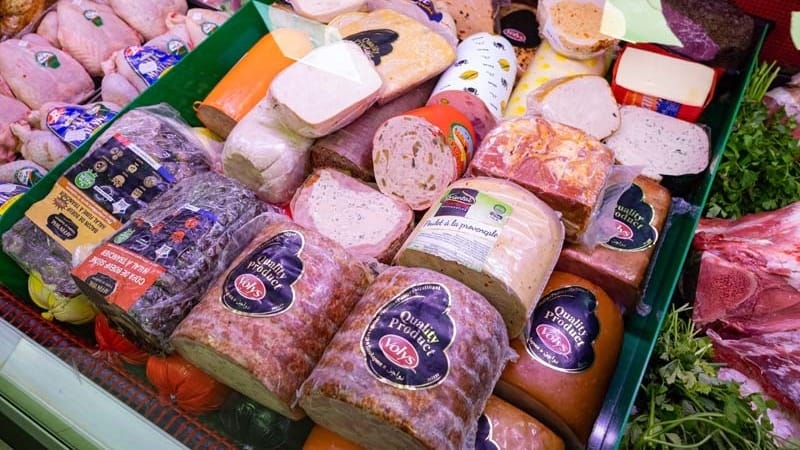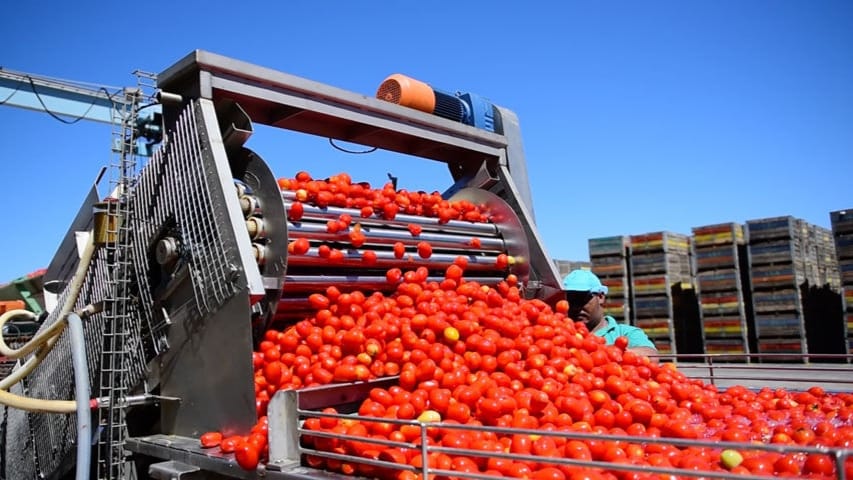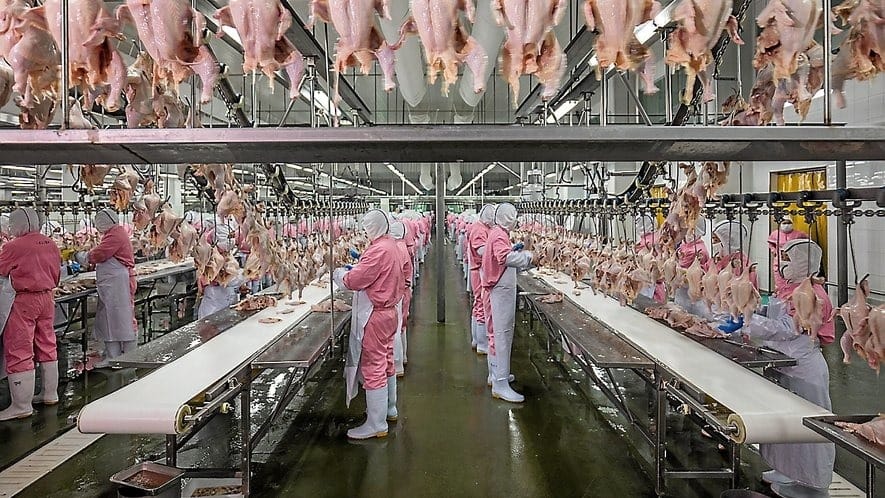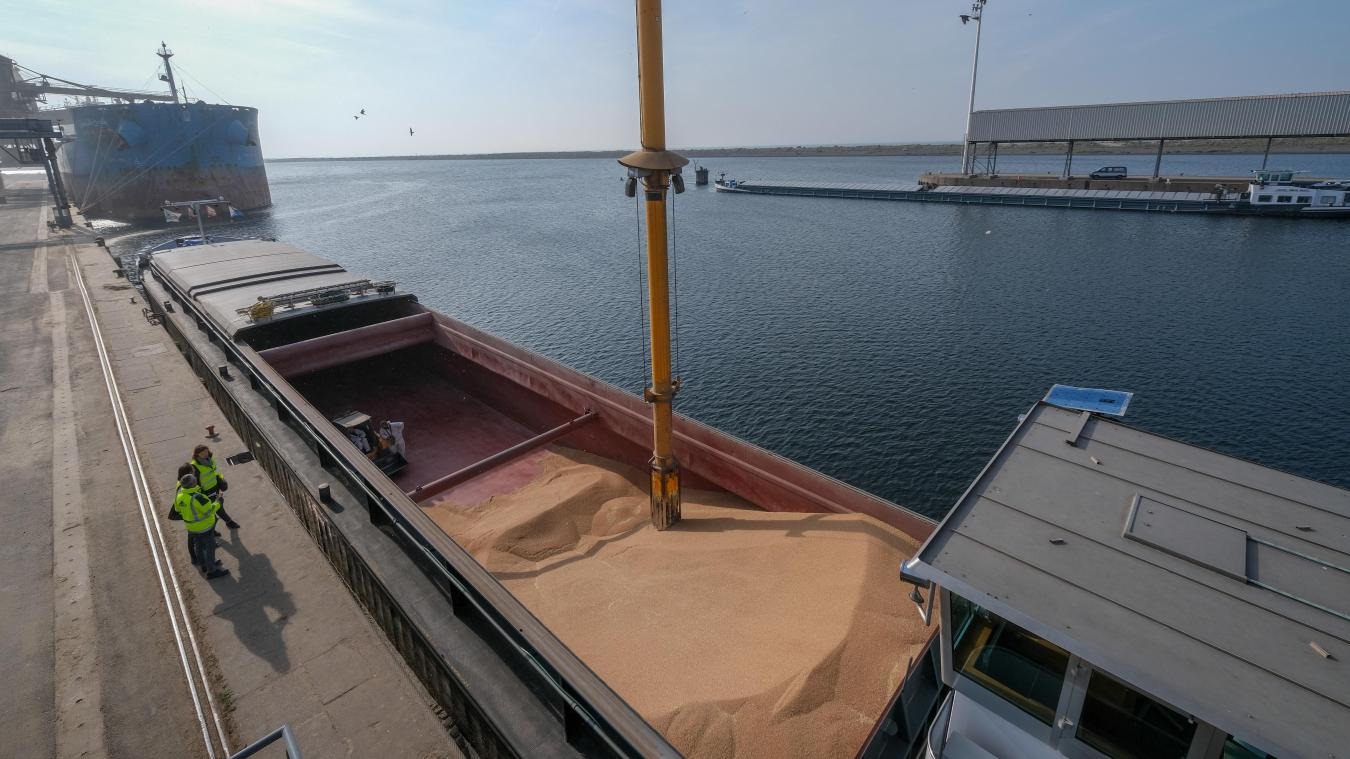
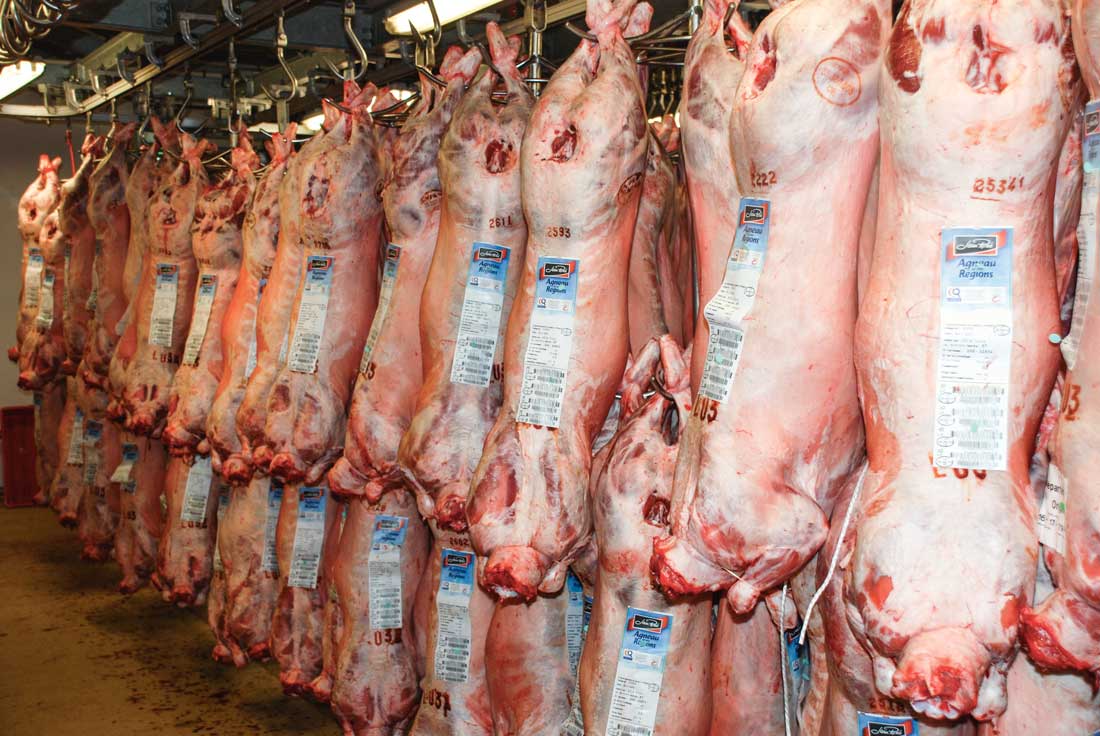
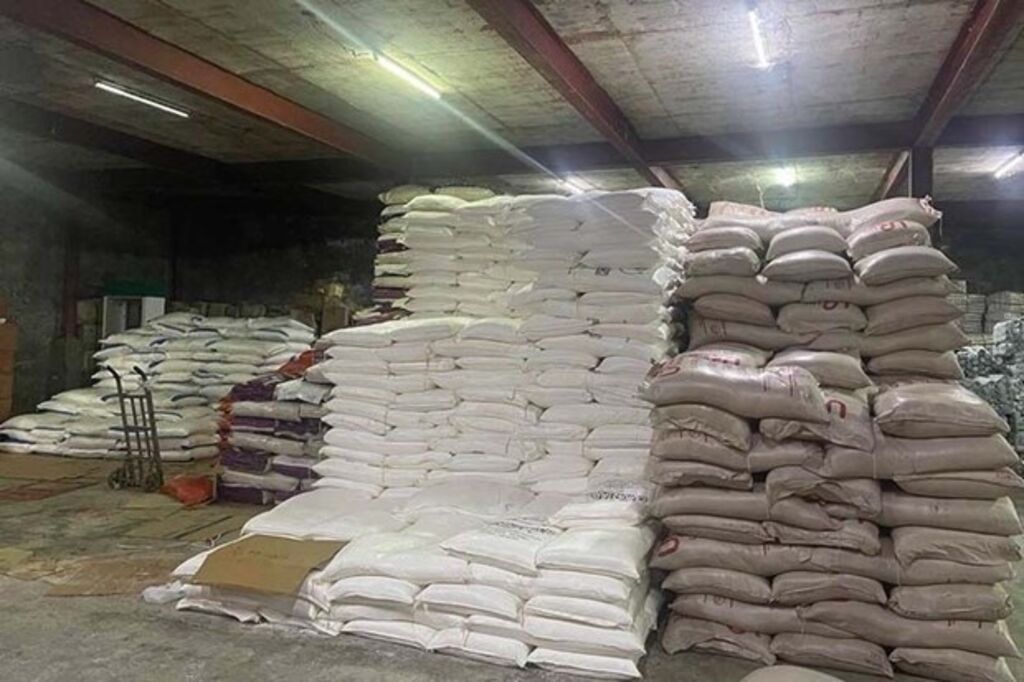



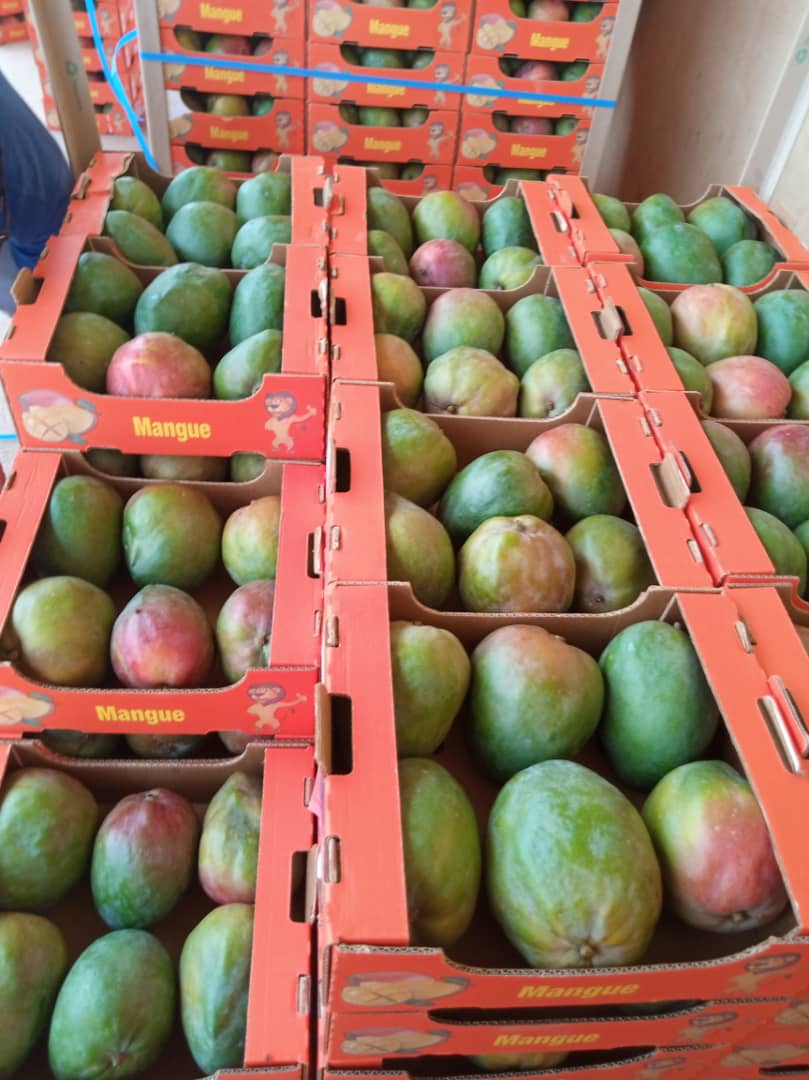

GENERAL tRADING
Refers to a business model that involves the buying and selling of a wide variety of goods and products, typically not limited to any specific category. These businesses act as intermediaries, purchasing products from manufacturers or suppliers and then selling them to retailers, other businesses, or directly to consumers.
Key aspects of general trading include:
- Diverse Product Range : General trading companies often deal with a broad range of products, including electronics, clothing, machinery, food items, and more.
- Market Analysis : Understanding market trends, demands, and the competitive landscape is crucial for successful trading.
- Supply Chain Management : Efficiently managing the logistics, warehousing, and distribution of products.
- Import and Export : Many general trading companies engage in international trade, importing and exporting goods across borders.
- Networking : Building strong relationships with suppliers, manufacturers, and customers.
- Regulatory Compliance : Adhering to trade laws, tariffs, and regulations in different countries.
General trading companies play a significant role in the global economy by facilitating the movement of goods, reducing the gap between producers and consumers, and often providing more competitive pricing due to their large-scale operations.
- Warehouses :
- Interior of a Warehouse : Stacks of pallets, shelving units filled with various products, forklifts moving goods.
- Exterior of a Warehouse : Large buildings with loading docks, trucks being loaded or unloaded.
- Shipping Containers :
- Port Scene : Cranes lifting shipping containers onto or off of ships, rows of colorful containers stacked high.
- Container Yard : Open area with organized rows of containers waiting for transport.
- Showrooms :
- Product Display Areas : Clean, well-organized spaces where different products are showcased for buyers.
- Interactive Displays : Sections where customers can touch and try products.
- Logistics Operations :
- Loading Trucks : Workers loading or unloading trucks with goods using forklifts or pallet jacks.
- Distribution Centers : Facilities where goods are sorted and prepared for delivery.
- Marketplaces :
- Trade Shows : Booths or stands where products are displayed and vendors interact with buyers.
- Local Markets : Bustling scenes of market stalls with a variety of goods being sold.
- Office Environments :
- Trading Office : Desks with computers, employees analyzing market data or negotiating deals.
- Meeting Rooms : Business meetings taking place, often with charts or presentations displayed.
- Product Displays :
- Close-ups of Products : High-quality images of electronics, clothing, food items, machinery, etc.
- Catalogs : Photos of product catalogs that showcase the range of items available for trade.
- International Trade :
- Customs Procedures : Documents being processed, customs officers inspecting goods.
- International Meetings : Business people shaking hands, flags of different countries, maps showing trade routes.
